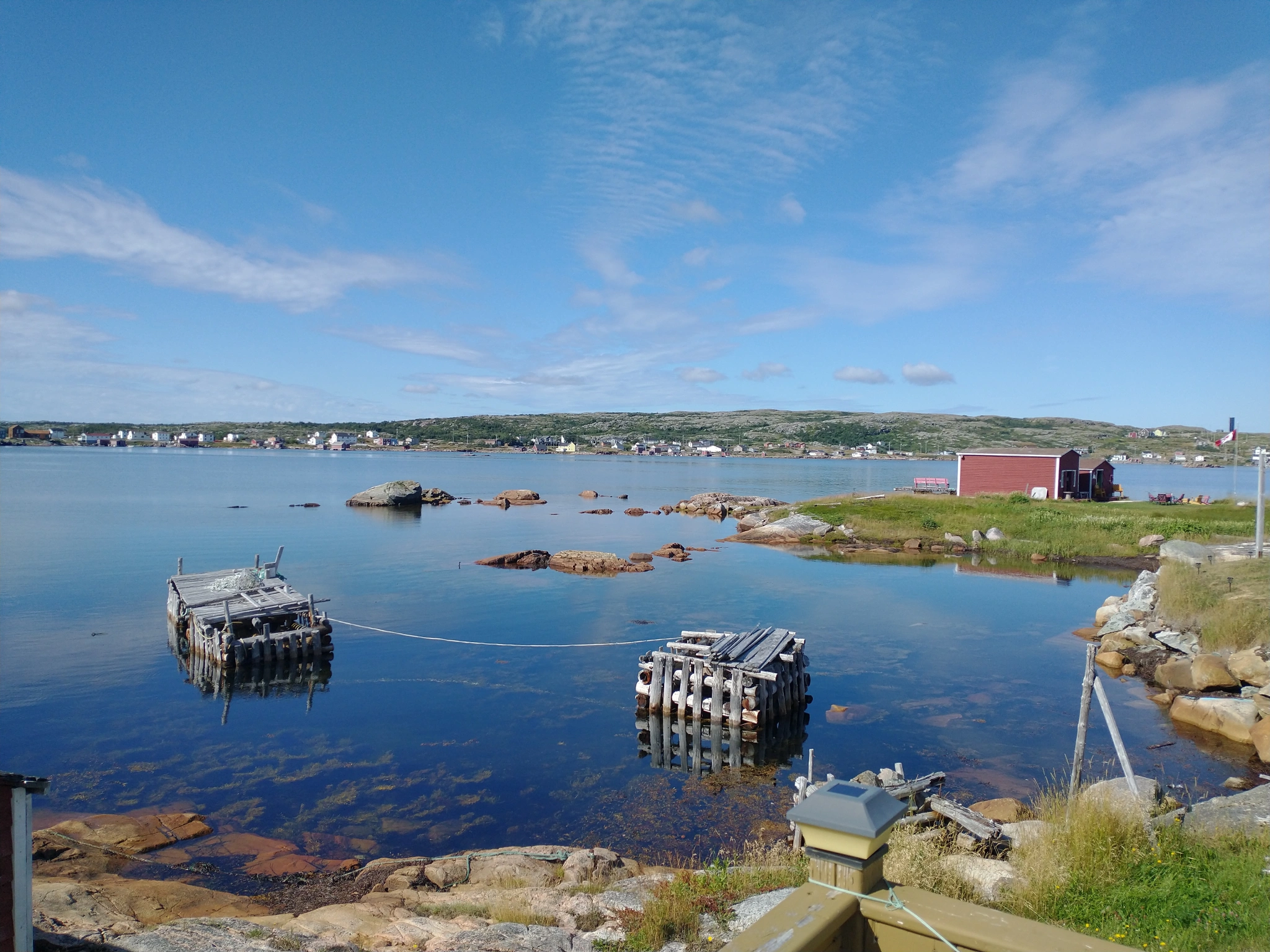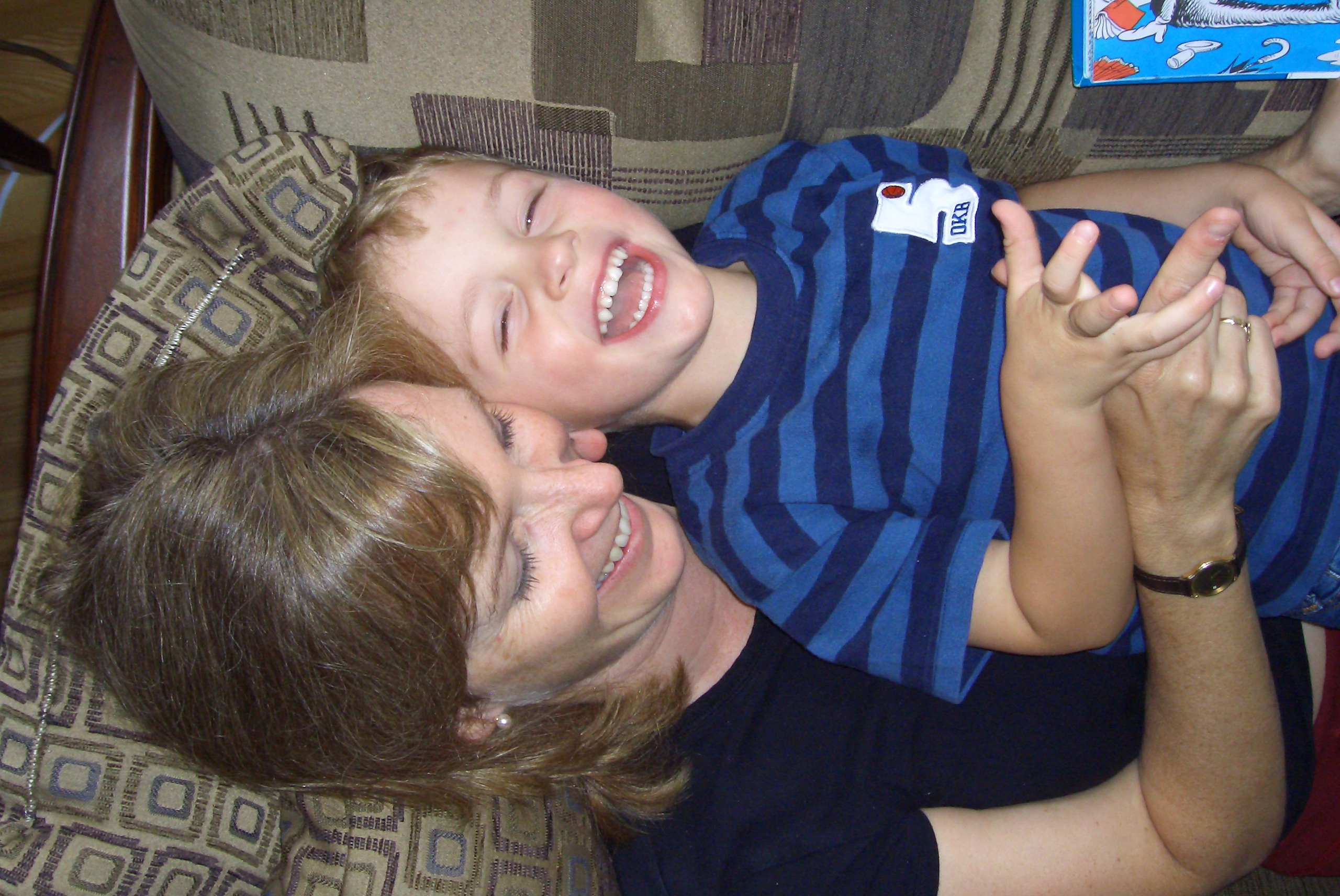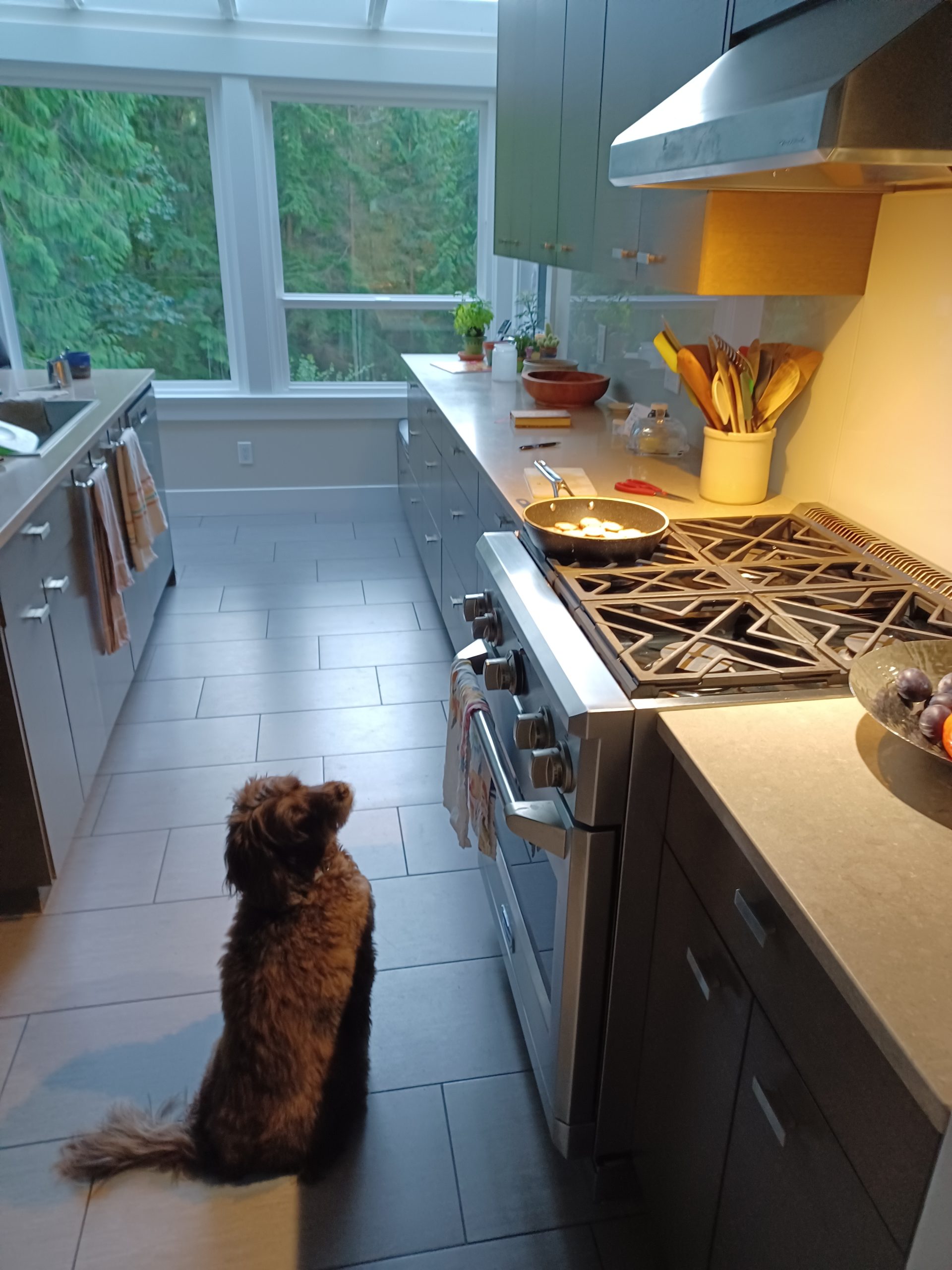Newfoundland. Not Newfoundland, I tell my husband. Newfoundland. Maybe as a local told us, Newfoundland. Or as a vintage travel poster from the halls of the fabulous “The Rooms” museum in St. John’s proclaimed Newfunland. In any event, stressing the middle syllable is not done. But I will not throw my husband under the “pronunciation bus” especially since he is doing an admirable job of most of the piloting of our Toyota Camry along the T.C.H. and currently the NL401.
Let’s start there. What’s the T.C.H.? It’s the Trans Canada Highway, but after a lifetime of driving across the west of this country, I can’t ever recall it abbreviated to that. What do I call it? Highway One. The Trans Canada. Maybe the number one. I never combine them. Highway signs never say T.C.H. in the west. But we are seeing a lot of Newfoundland’s highways and have internalized what TCH is. We started in St. John’s and have driven across the “top” of the island. If you think of Newfoundland as a big square with St. John’s sort of in the top right corner, we’re now in the top left corner, and will drive back again before this is all over.

As we travel, we are constantly reminded that if we ran into a moose, this would be terrible for the moose and for us. The statistics of how many moose have been killed this year and the previous year on a particular stretch of highway are frequent. The highways department seems intent on protecting moose, and yet…moose is on the menu. I can’t quite figure it out. According to google, two moose were introduced to the island in 1878 and then four more in 1904. Now the current population is about 120,000 and Newfoundland boasts the most concentrated moose population in North America.




The other thing one notices along the highway are stacks of neatly piled wood, in the middle of nowhere. Sometimes one sees a wooden sled not too far away. I questioned our dinnertime waitress about this. Newfoundland houses are heated with wood in winter. People get a license to chop wood and they store it in the forest/at the roadside. She tells me in the winter Newfoundlanders get on their skidoos, towing their wooden sled behind to collect wood. “They don’t store it on their property? No one steals it?” I ask. She looks offended by this question. No, they don’t. Her confusion is similar to the gas station attendant who was perplexed by my husband wanting to prepay for gas since the pump didn’t accept cards. Newfoundland gas stations still trust you to fill your tank and then go inside and pay….




The other roadside endeavor that’s caught my attention are fenced gardens along the highway road allowances. According to my waitress, you can plant your garden anywhere you like. Gardening is free, no permit required, anywhere you can make stuff grow; cutting wood requires a license. I imagine this sporadic gardening occurs because your house lot could easily be rock and you can’t grow anything. Except the wild berries that are everywhere. Your backyard is likely full of wild blueberries, raspberries, bakeapple and partridgeberry. And if you’re a rural or small-town Newfoundland woman worth your salt, you run a quilt and jam business from your front room. You probably knit as well and have dozens of hats and socks for tourists to choose from.

The observed topography is incredibly varied. Currently subarctic tundra: short scrubby trees, lichen, long horizons. But we’ve been in lush deciduous and evergreen forests of white birch and hemlock. The spruce of Gros Morne National Park have struggled to come back from a budworm epidemic and the unfortunate coincidence of being a dietary staple of the moose that have overrun the park. We’re told the moose are eating themselves out of house and home, so there has been a public moose hunting campaign in the park for a decade (ah, that’s why it’s on the menu!). But enough about moose…we’ve been in rolling hills, driven along sheer cliffs and coastal lowlands, flat tundra-like spaces, alpine plateaus with undulating rises and water-filled dips. There are so many small lakes. But they are not called that here. They are called ponds. Loon Pond, Stuckness Pond, Martin Pond, Big Crooks Pond, Dead Man’s Pond. Even the smallest, uninhabited ponds have names. I marvel at all this undeveloped prettiness: no summer cottages on these lakes, no purring outboard motors. Just beautiful, pristine loveliness.
Tiny coastal communities with the craziest names. Why are so many places named such-and-such Arm in Newfoundland? I ask my car companions. Turns out, an “arm” is any settlement that wraps around an inlet. Try not to think of an armpit right now. Try to think of a really cute coastal community that is someone’s home. Even though on the famous Fogo Island, Joe Batt’s Arm is not named after his body part. Apparently, Joe Batt was a real person, but opinions divide on whether he was a deserter from Captain Cook’s 1763 exploration or a 1774 shoe-stealing thief who found refuge on Fogo. At any rate, the Newfoundland I’ve seen has lots of “arms”…Cobbs Arm, Toogood Arm, Western Arm…

But this is a province of space. Yes, the West has space, but my experience has been that the space is busy. On the prairie it’s claimed for farms and ranches. In the mountains of Alberta and BC, its arable spaces are housing cattle, being cut for timber, or just too darn steep to access. I have seen exactly one small herd of cattle in over 500 kilometres here. Not a single field of anything growing. It’s lush, natural space for its 500,000 ish inhabitants (that’s about the equivalent of greater Victoria and Kelowna, combined).





A fantastic read over my morning coffee, I learned so much! When we were there briefly and just driving around St. Johns, I found the naming of places so interesting! Like Turks Gut (maybe a story we don’t want to know?). Can’t wait to read about the next adventure!
Thanks! A book could be written, I think, about all the crazy names. But then, as I keep reminding folks, I’m from Saskatchewan…where some people have to say “I live in Climax. or I live in Eyebrow…or Elbow”, and on it goes! 🙂